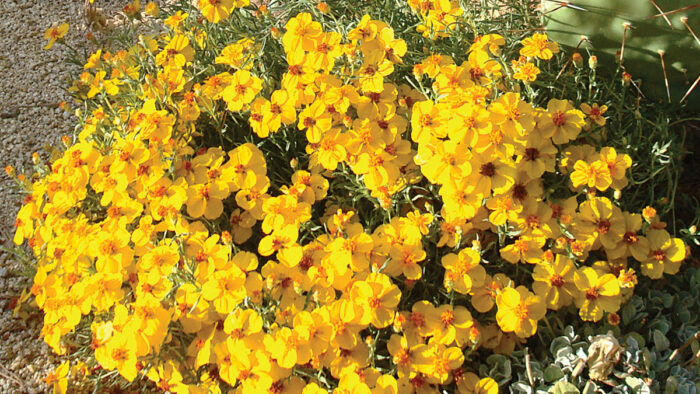
In Andy Brand’s article Unusual Fall Perennials, he discusses some out-of-the-box plant picks for this spectacular time in the garden:
“As we reluctantly accept the inevitable and begin preparing our gardens for winter, we can ease the transition by planting selections that provide color and excitement at this time of year. While many gardeners have traditionally turned to mums (Chrysanthemum spp. and cvs., Zones 5–9), goldenrods (Solidago spp. and cvs., Zones 3–9), and sedums (Hylotelephium spp. and cvs., Zones 3–9) to extend the gardening season, many also long for something different.”
Below, you’ll find fantastic perennials that are excellent, but have remained uncommon in fall gardens in the Southwest. Looking for even more unexpected fall standouts? Make sure to check out Andy’s article.
1. ‘Neon’ Sedum
Name: Hylotelephium spectabile ‘Neon’
Zones: 3–9
Size: 2 feet tall and 1 to 2 feet wide
Conditions: Full sun; well-drained soil
Native range: China, Korea
Most sedums are tough as nails, a trait belied by their frothy, candy-like flower colors. ‘Neon’ is one of the most colorful sedums available, and its name does not disappoint. Buds sit atop a compact mound of succulent foliage and burst into bloom in summer, and the flowers last well into fall. Bees and butterflies flock to the hot pink blooms, which slowly age to burgundy and then tan as autumn progresses. The foliage turns from light green to a bright chartreuse in fall, which contrasts sharply with the flowers. The blooms dry in place for winter, standing tall and providing many months of interest until spring.
2. Purple Winter Savory
Name: Satureja montana subsp. illyrica
Zones: 3b–8
Size: 4 to 8 inches tall and 12 to 18 inches wide
Conditions: Full sun to partial shade; well-drained soil
Native range: Western Balkan peninsula in Europe
Herbs may not top many people’s lists for late-season interest, but purple winter savory is worth seeking out. The straight species is a low, mounding, shrubby perennial with compact foliage and subtle white flowers; it is certainly not a show-stopper, but this subspecies is another story. Tight domes of finely textured foliage expand quietly all summer, and by September they are aglow with purple blossoms on compact spikes. In bloom, this plant gives the appearance of a densely manicured lavender (Lavandula spp. and cvs., Zones 5–10). Purple winter savory is drought tolerant and is comfortable on slopes and in poor soil. A light trim in spring is all the maintenance it requires.
3. Prairie Zinnia
Name: Zinnia grandiflora
Zones: 4–9
Size: 4 to 8 inches tall and 15 inches wide
Conditions: Full sun; well-drained soil
Native range: Southern Plains and southwestern United States; northern Mexico
Big things come in small packages. Prairie zinnia’s long-lasting golden flowers are just over an inch wide and have gently reflexed petals. They densely blanket the foliage from high summer into fall. The blooms are very attractive to butterflies and native bees. As fall progresses, the flowers slowly shift from yellow to papery shades of tan. This tough, drought-tolerant Southwestern native can be found in the wild growing in prairies and grasslands but can easily be grown in other situations. Rocky to average soil, blazing sun, and occasional water are all it needs. Its slowly spreading, finely textured mound of foliage makes it a perfect ground cover. It can also be used on the edge of a flower bed or in a xeric pollinator garden.
4. ‘Wild Thing’ Autumn Sage
Name: Salvia greggii ‘Wild Thing’
Zones: 5b–11
Size: 11/2 to 3 feet tall and 11/2 to 2 feet wide
Conditions: Full sun; well-drained soil
Native range: West Texas, northeastern Mexico
With so many autumn sages available, it can be hard to choose just one, but ‘Wild Thing’ rises to the top for its flower power and hardiness. Jewel-like blossoms in shades of red-violet sparkle on a symmetrical, shrubby form and lure in hummingbirds. Flowers begin blooming around June and reach a crescendo in fall. This tough plant is perfectly at home in gritty soil among boulders and on dry sunny slopes; it’s a must for any xeric garden. Good drainage and full sun will keep it thriving for years. Cut it down to 4 to 6 inches high in spring to maintain a nice habit. To ensure its success in colder areas, place it in a sheltered microclimate.
Dan Johnson lives and gardens in Denver and in Tucson, Arizona. He is an associate director of horticulture for the Denver Botanic Gardens.
Photos: millettephotomedia.com


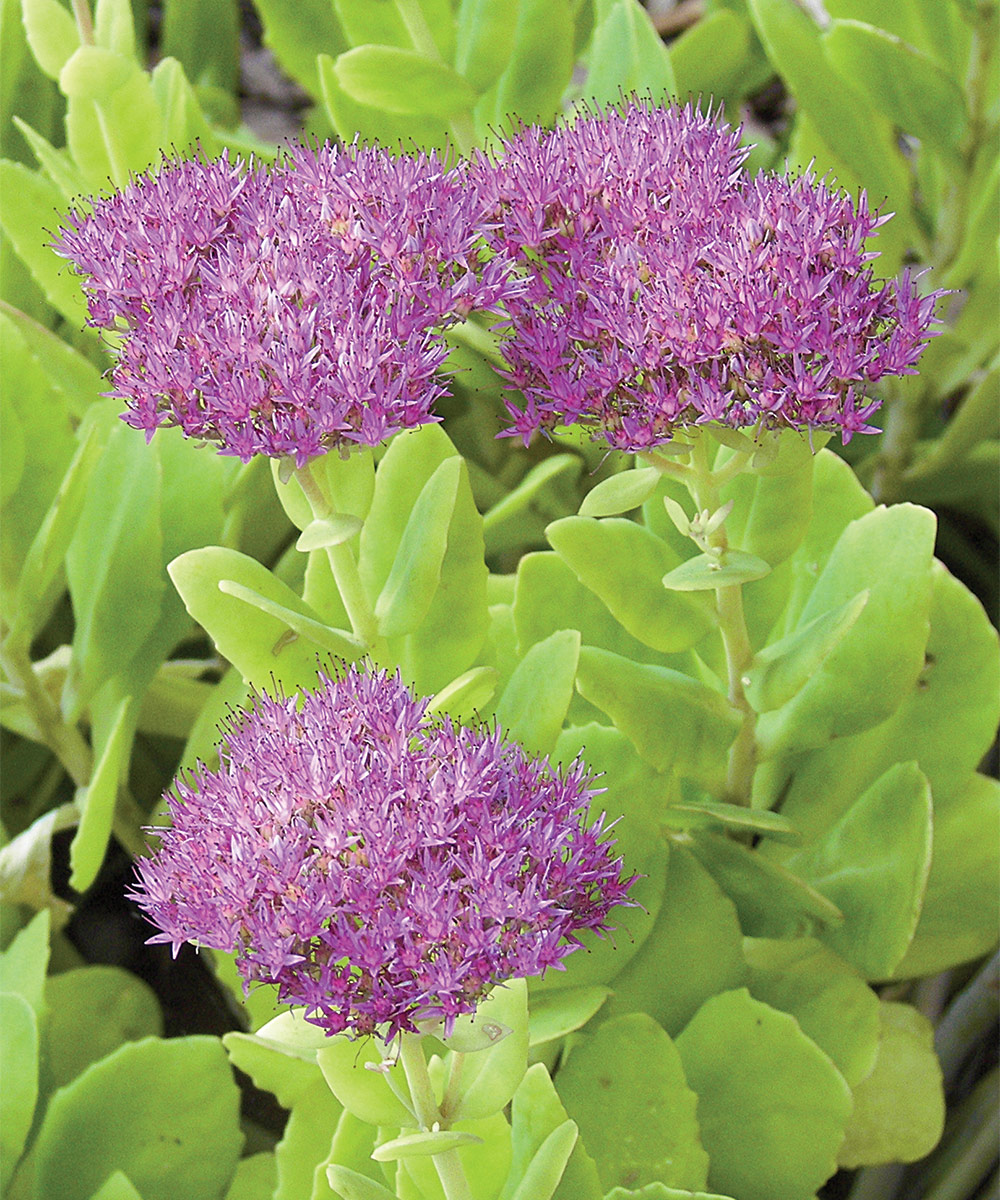

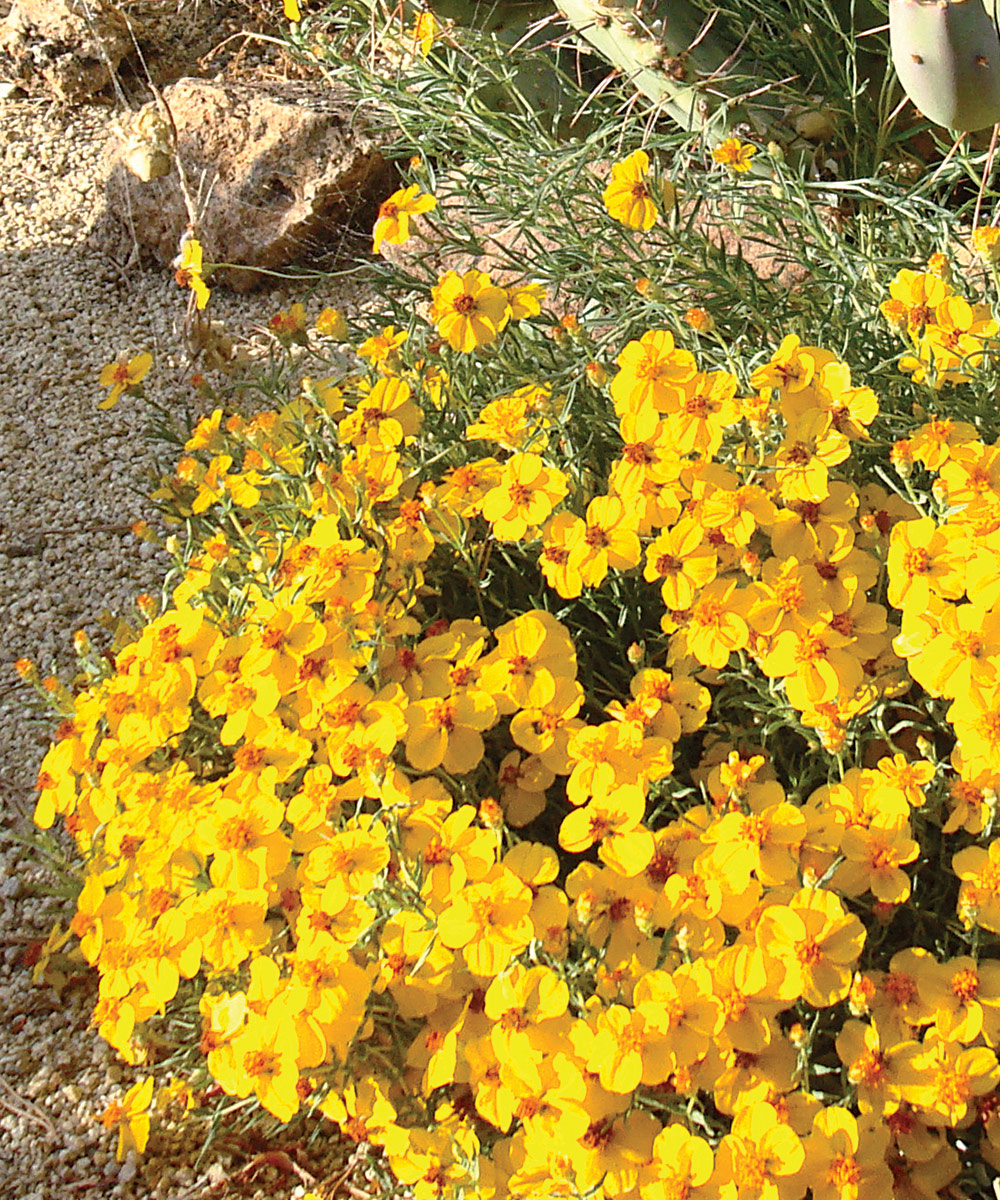
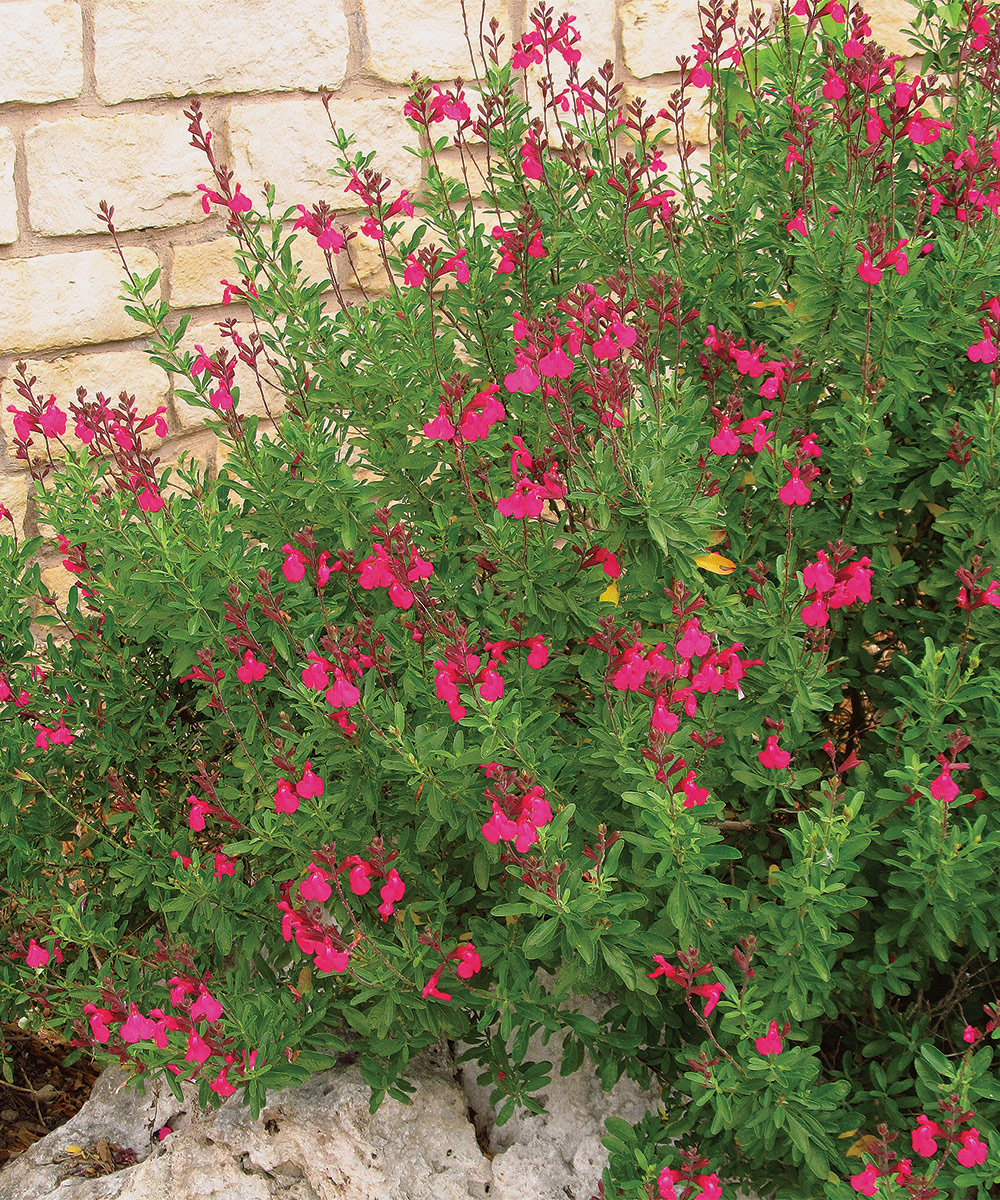



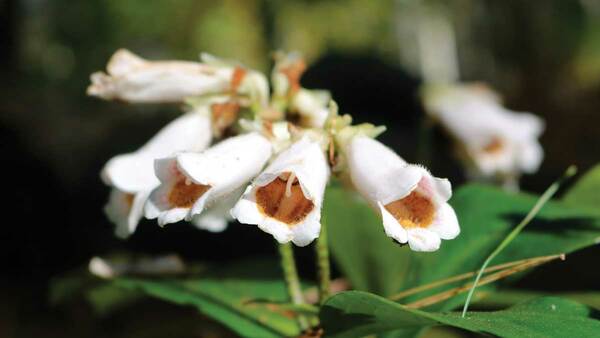












Comments
Log in or create an account to post a comment.
Sign up Log in